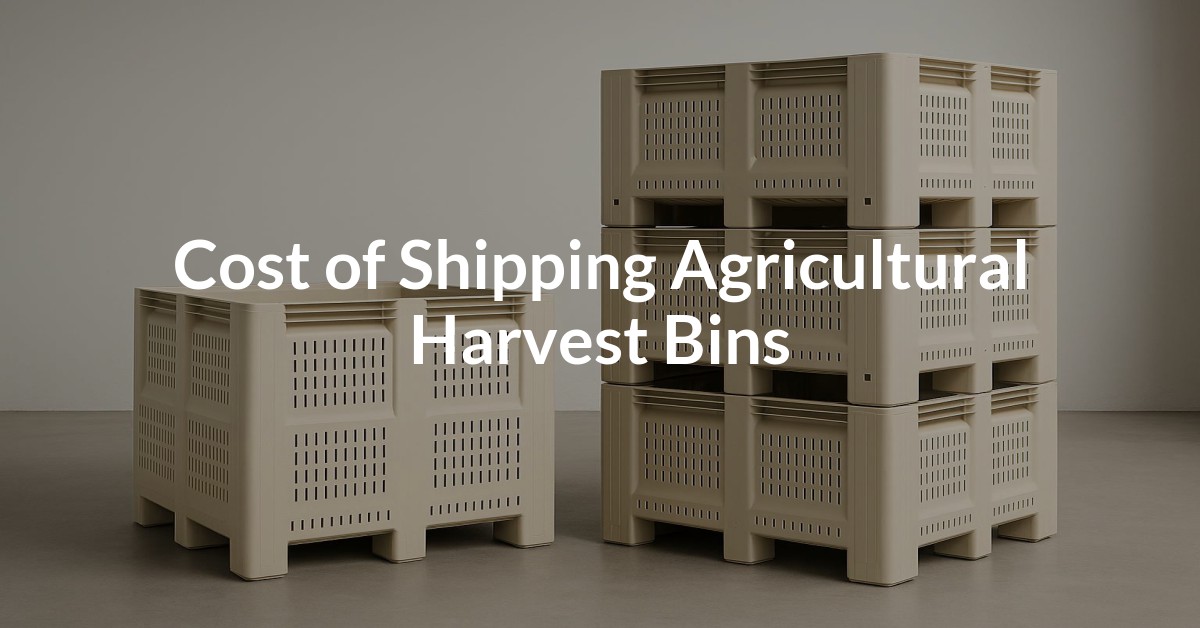Shipping sealers for concrete, wood, and masonry requires meticulous attention to detail to ensure their safe and cost-effective transport. Sealants are crucial in various construction and renovation projects, providing protection and durability to surfaces. Therefore, it is essential to know how to package these products correctly to avert damage during transit and to maintain their quality.
Understanding Shipping Options for Sealers
At Freight Sidekick, we offer various shipping services tailored to the unique requirements of shipping sealers:
- Full Truckload (FTL): Ideal for large shipments requiring the entire space of a truck. Suitable for transporting voluminous or dense commercial quantities.
- Less Than Truckload (LTL): Perfect for smaller quantities of palletized sealers, allowing multiple orders to share the same transportation resources.
- Partial/Shared Truckload: Balances cost and volume for medium-sized shipments falling between LTL and FTL.
Packaging Best Practices
Proper packaging of sealers is critical to reducing the risk of damage and spillages. Follow these best practices:
- Select Appropriate Containers: Use industry-grade, leak-proof containers specifically designed for sealers, ensuring they meet all safety and transportation regulations.
- Reinforce Containers: Apply additional sealing methods such as tape or shrink wrap to fortify containers against leakage.
- Label Clearly: Ensure containers are labeled with appropriate handling instructions and safety information to guide handlers during transit.
- Crating and Palletizing: Secure the sealed containers on pallets to prevent movement. Use sturdy crating materials if the contents are vulnerable to impacts or require extra protection.
- Cushion Packaging: Implement foam or padding to absorb shock and vibrations that could affect the sealers during transit.
Dimension and Weight Considerations
Understanding the dimensions and weight of your sealed products is essential for accurate freight pricing and service selection. Our Freight Class Calculator can help determine the NMFC freight class for your shipment, ensuring you receive precise pricing for LTL shipments.
Creating a Bill of Lading (BOL)
A Bill of Lading is a critical legal document in the shipping process. It serves as a receipt and a contract between the shipper and carrier, outlining the goods being transported, the destination, and the agreed-upon terms. To create a valid document, use our Bill of Lading Generator.
Safety and Compliance
Transporting sealers involves adhering to safety protocols to protect both the products and the personnel handling them. Ensure compliance by:
- Using appropriate protective gear and equipment during loading and unloading to minimize exposure to potentially hazardous chemicals.
- Following state-specific regulations, which can be accessed through our State-by-State DOT Regulations resource.
- Training team members in handling procedures to avoid accidents and ensure the integrity of the sealers.
Get Personalized Assistance for Shipping Sealers (Concrete, Wood, Masonry)
Navigating the logistics of shipping sealers can be challenging, but our team at Freight Sidekick is here to help streamline the process. Get a quote today, call us at 877-345-3838 or email support@freightsidekick.com.











